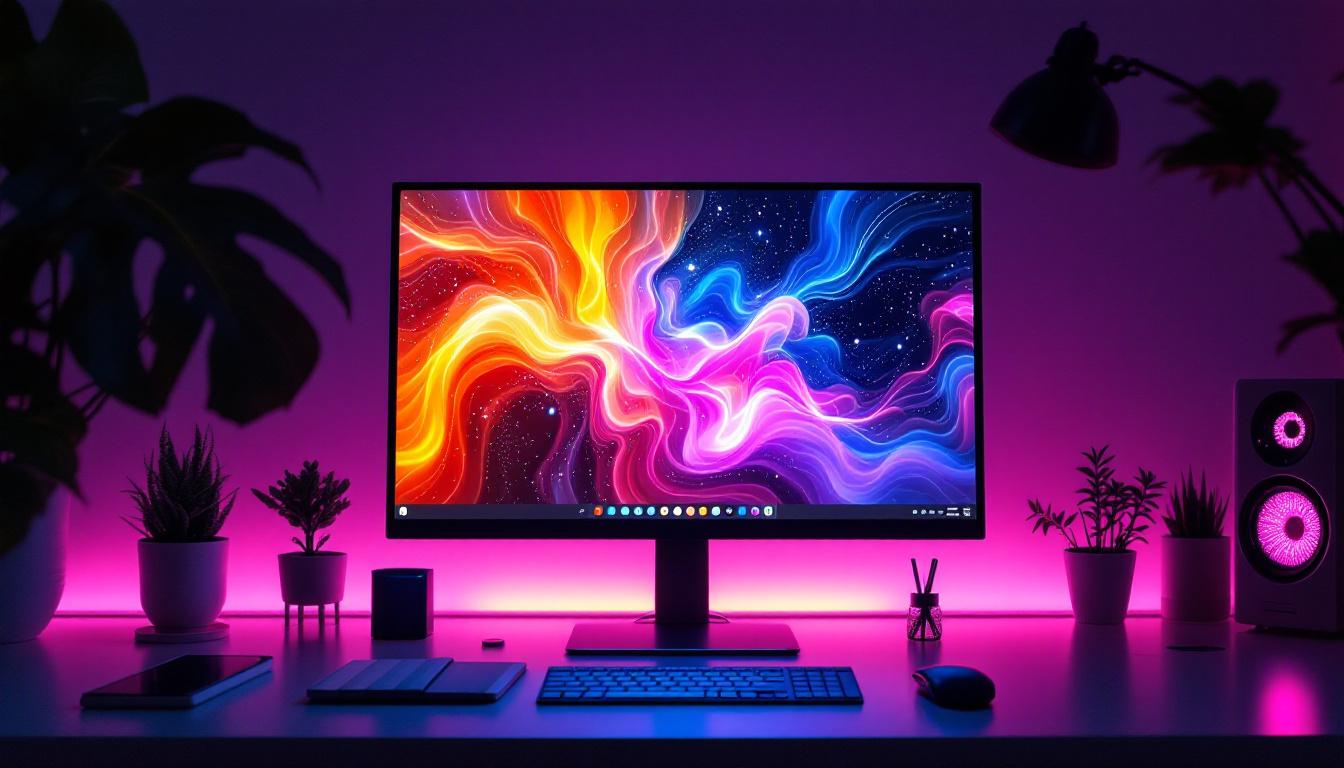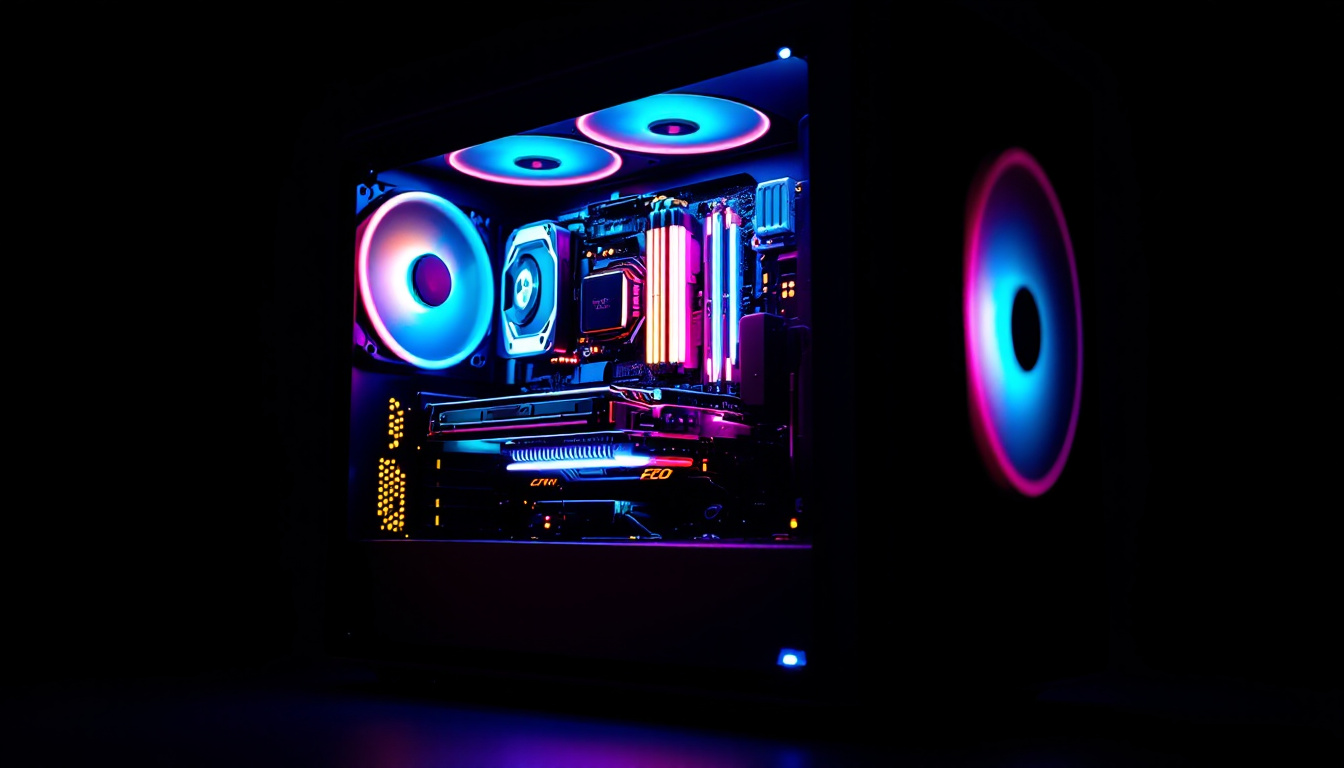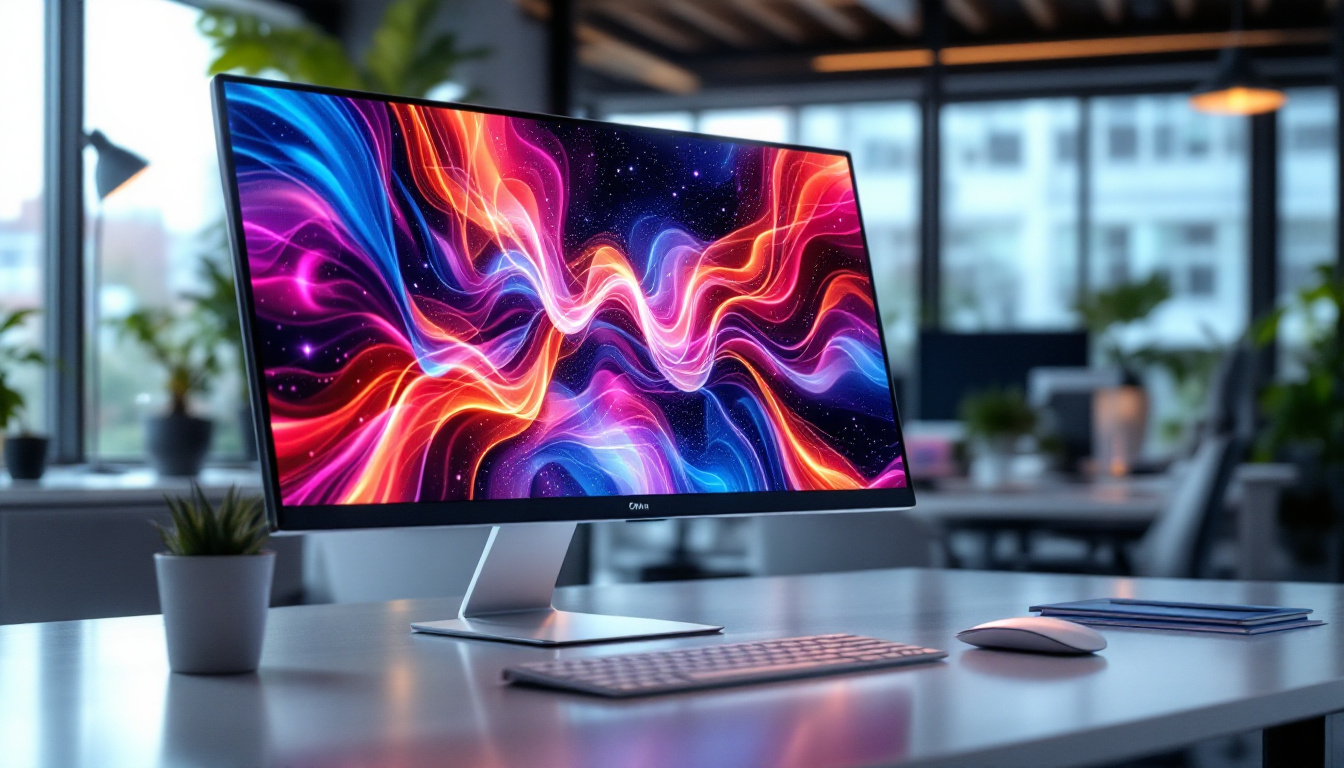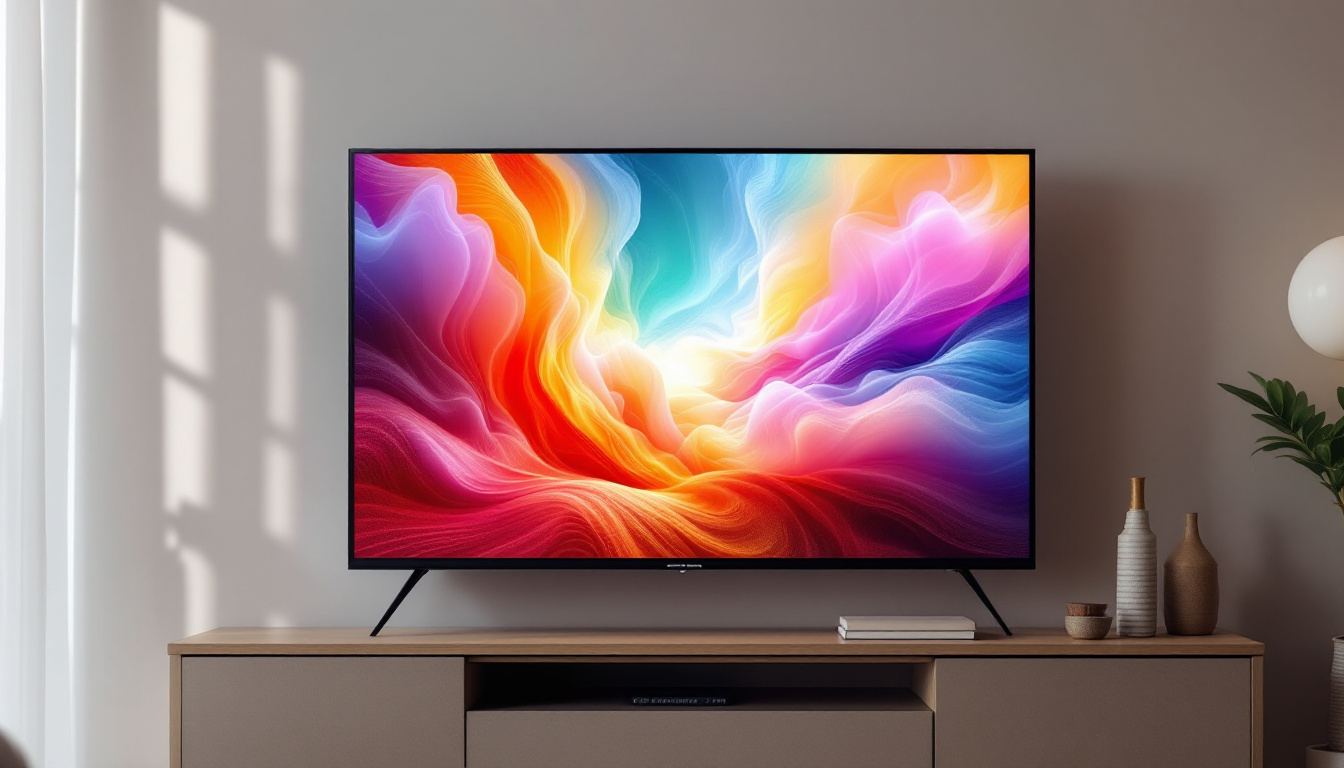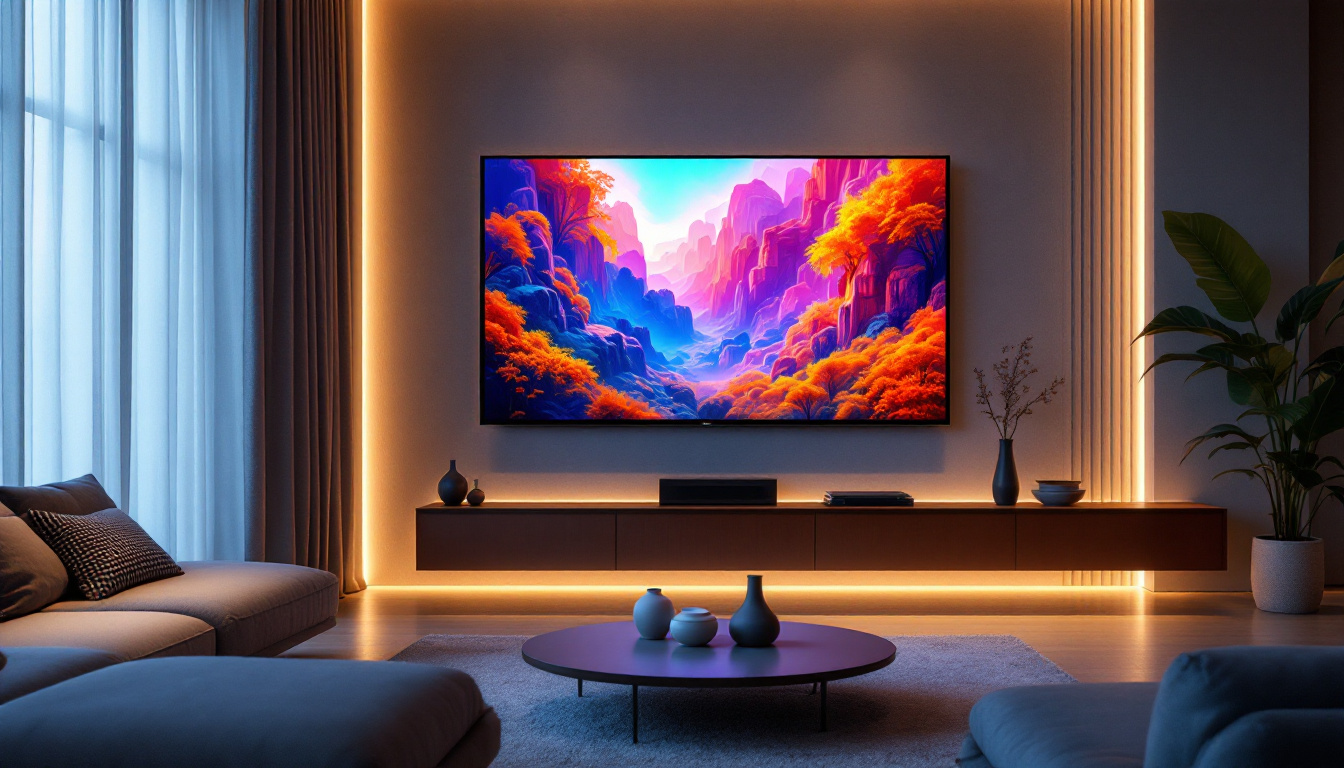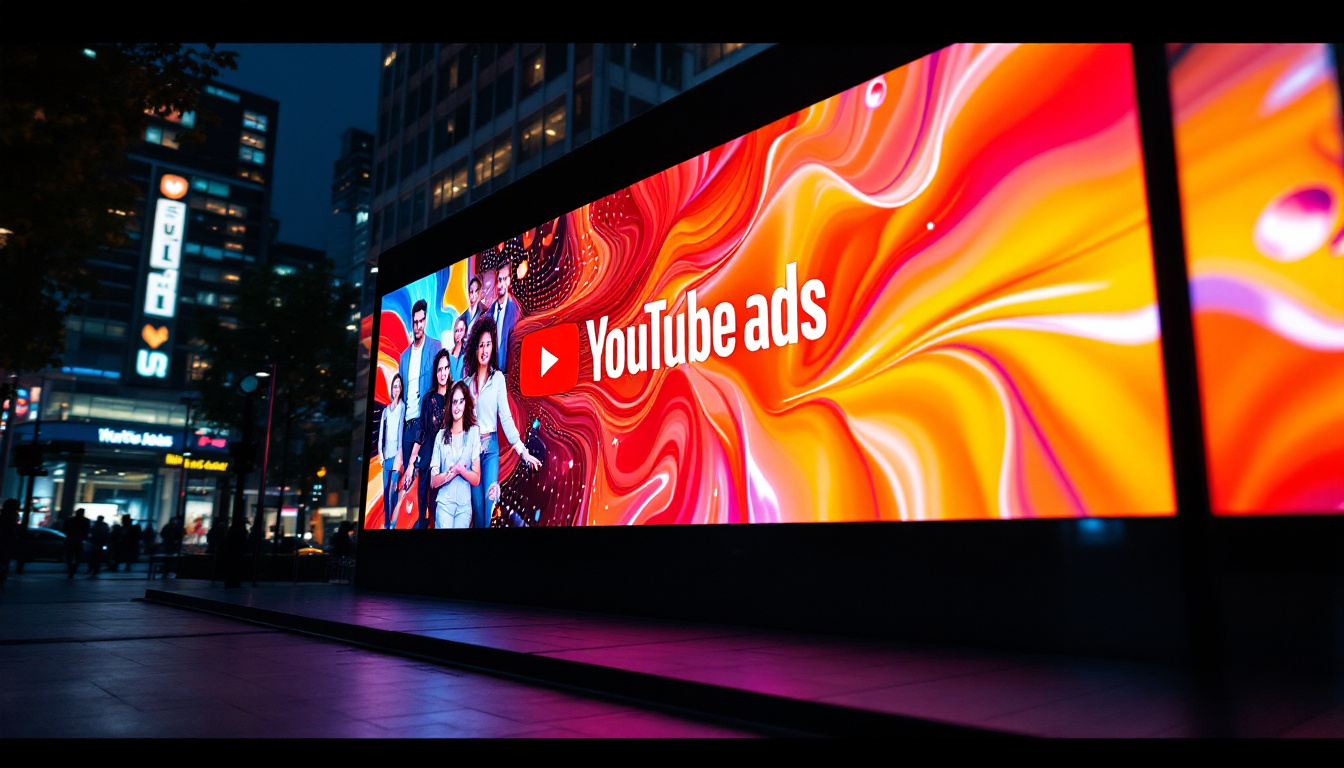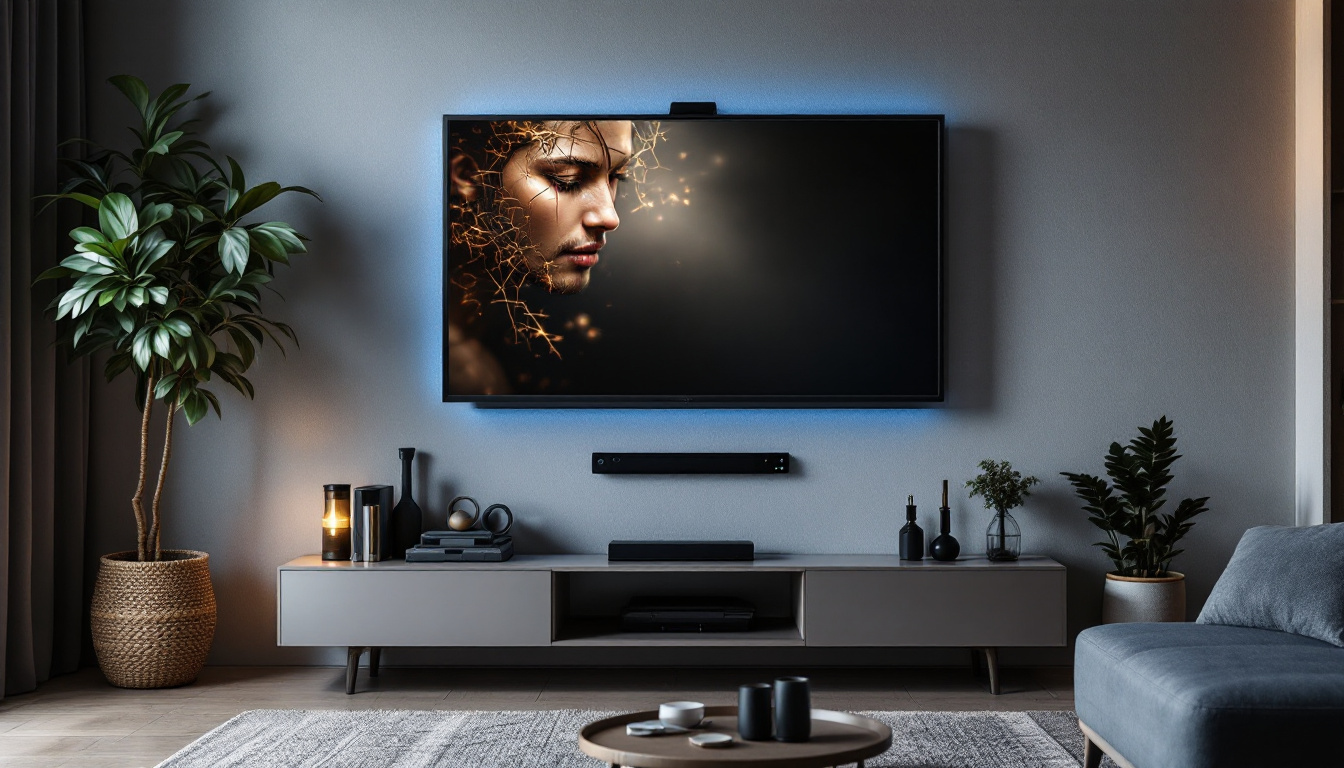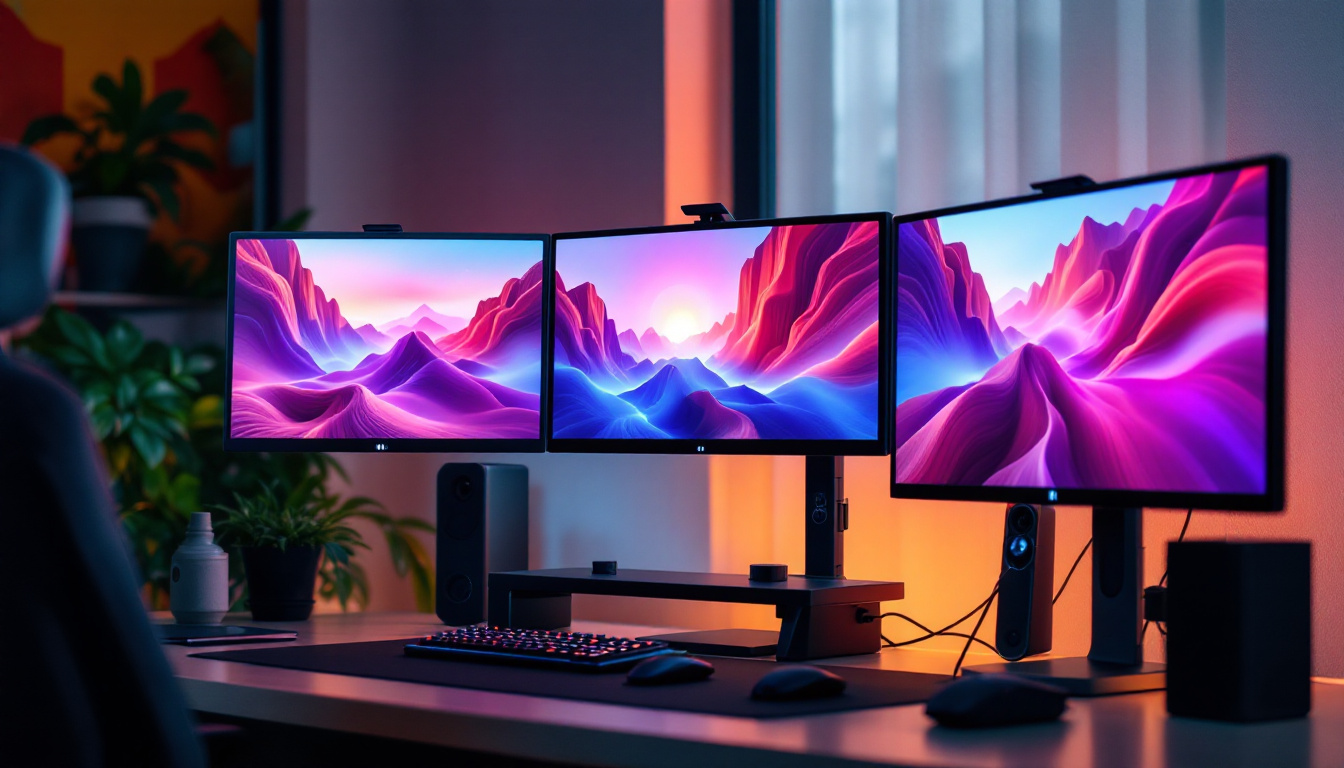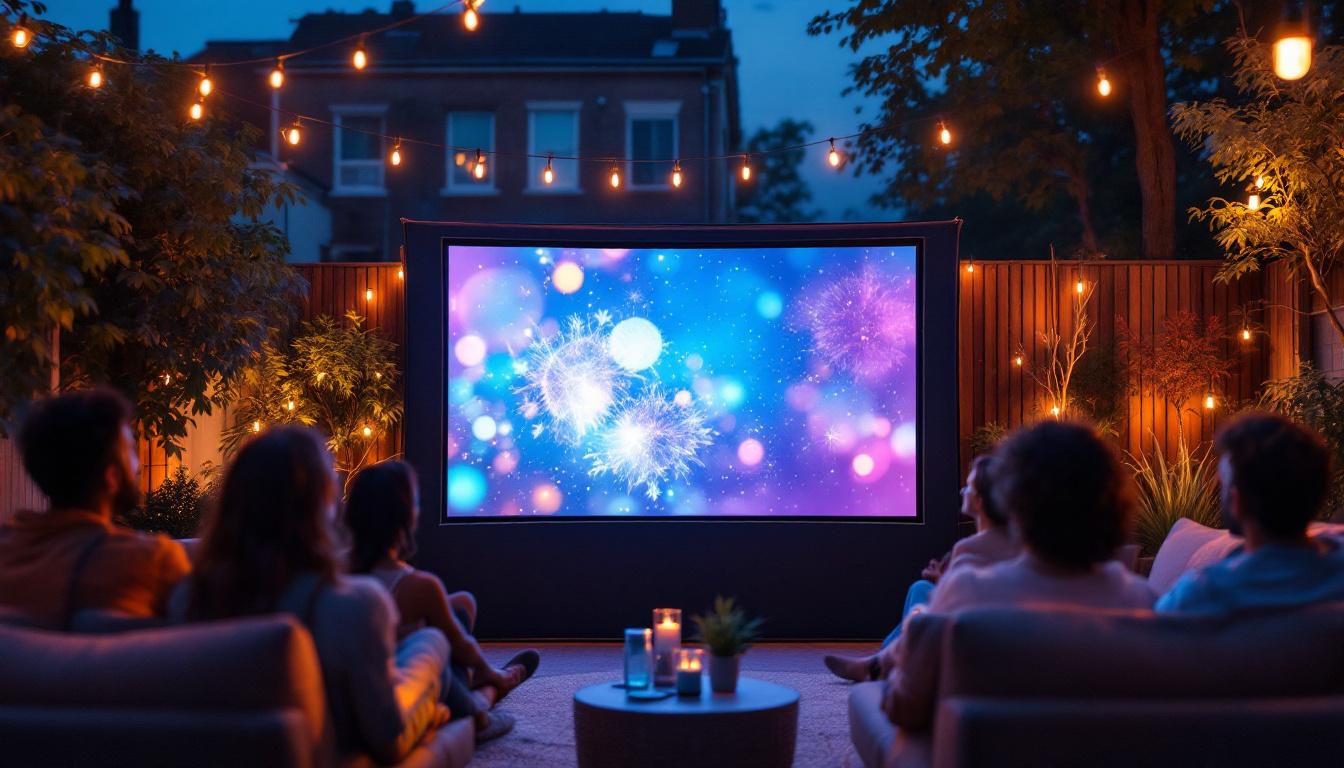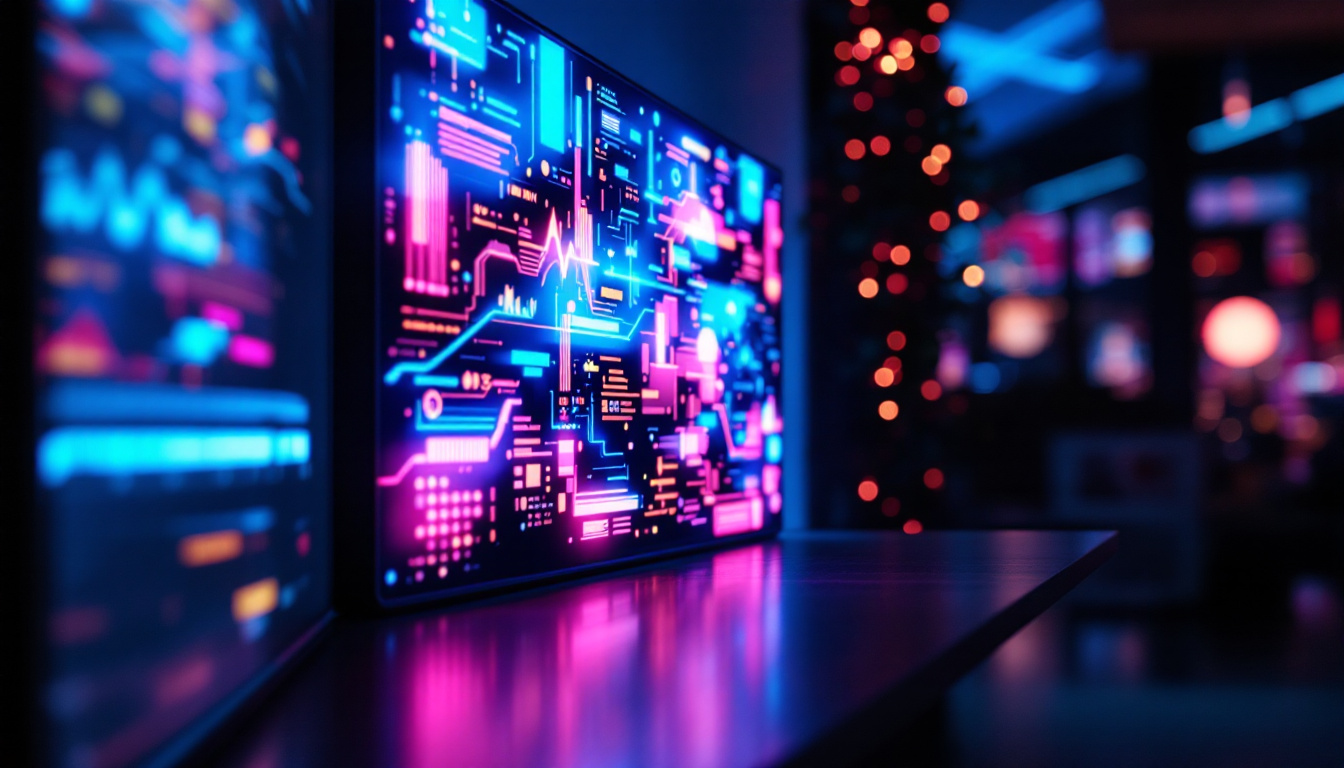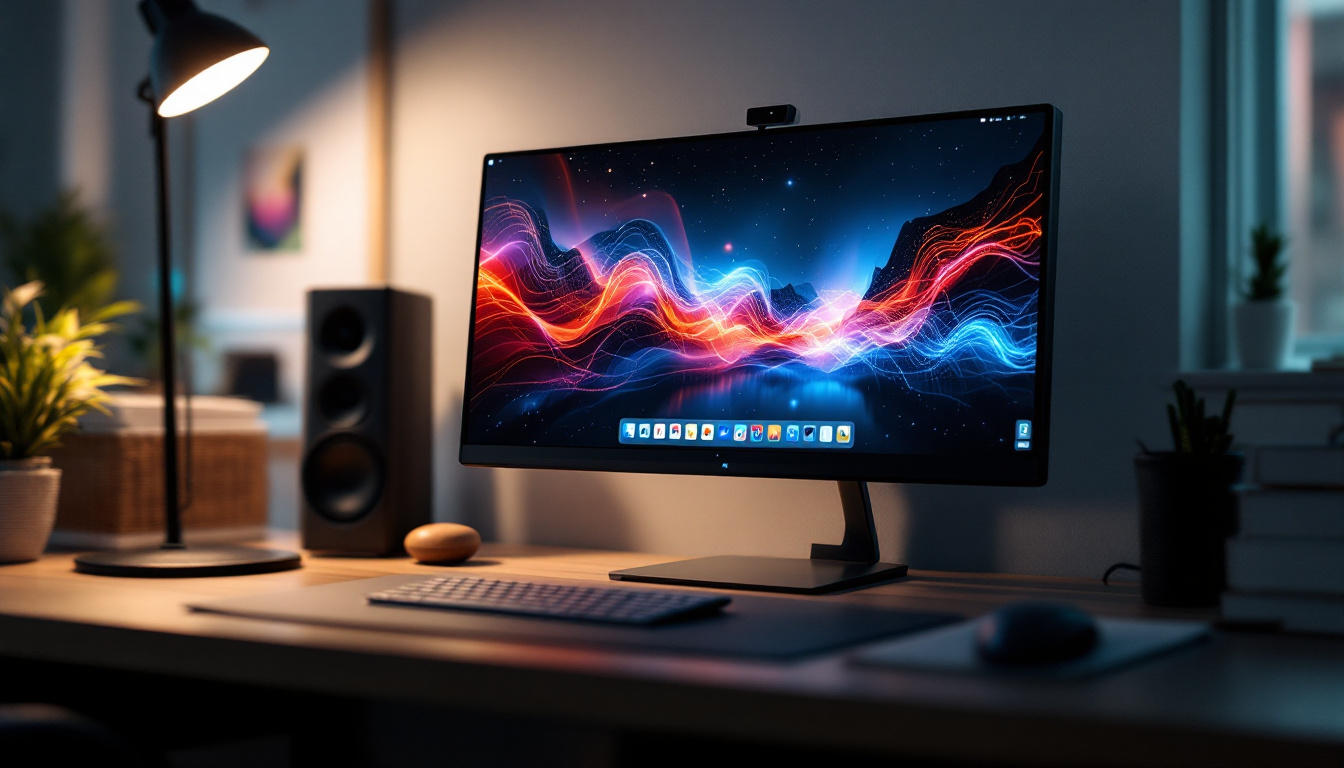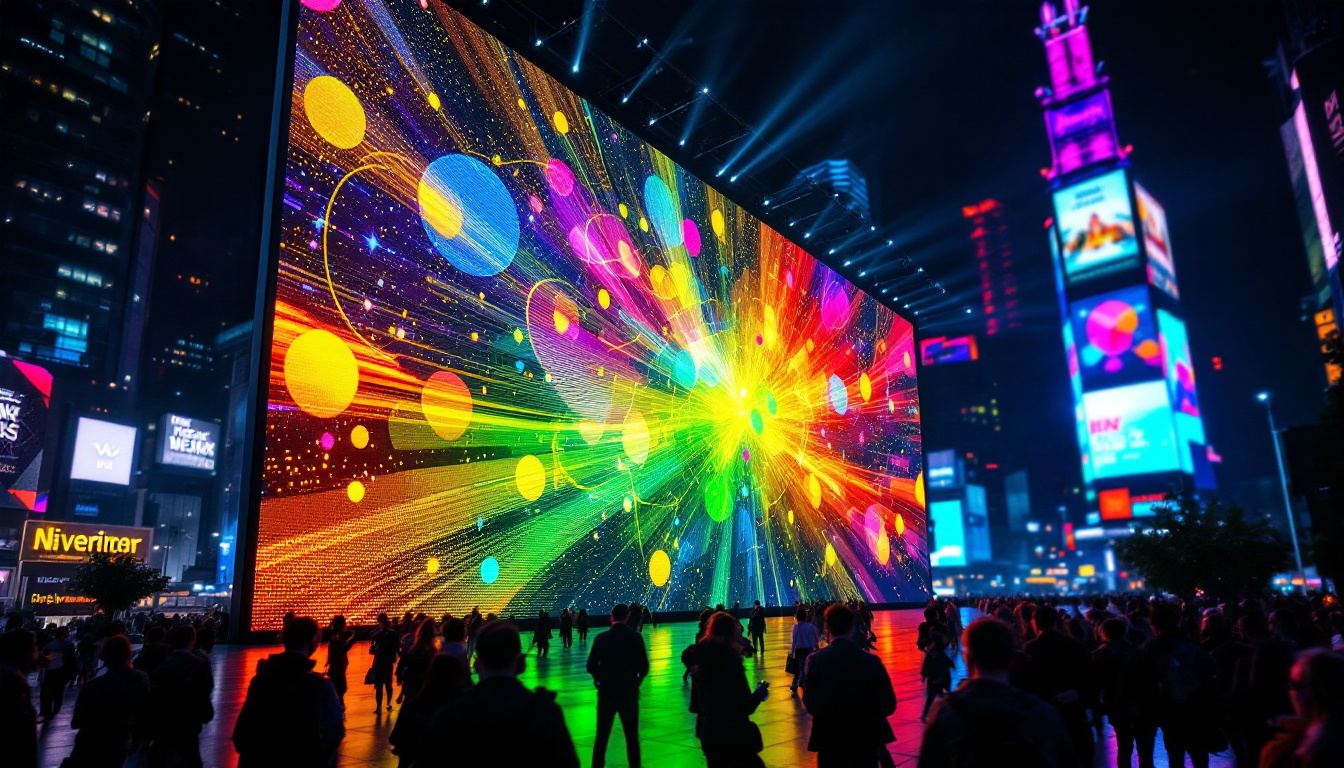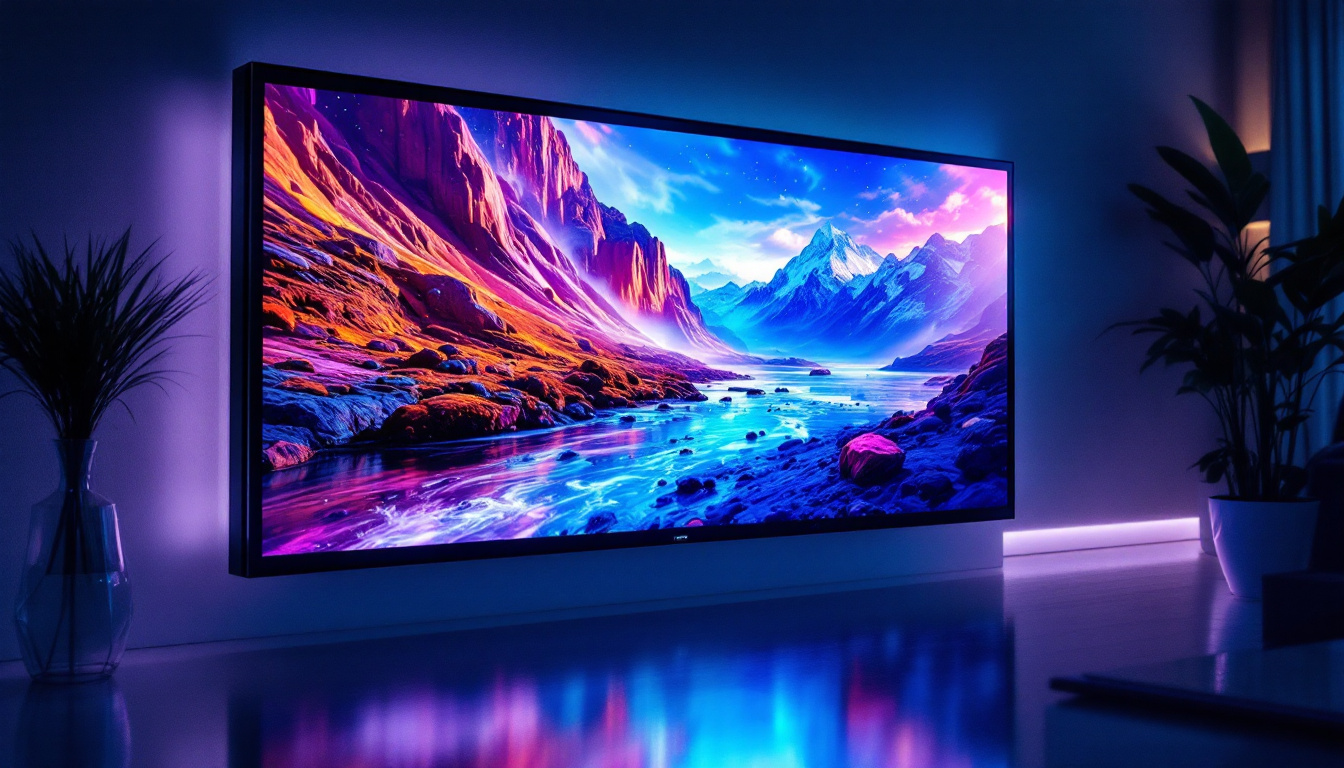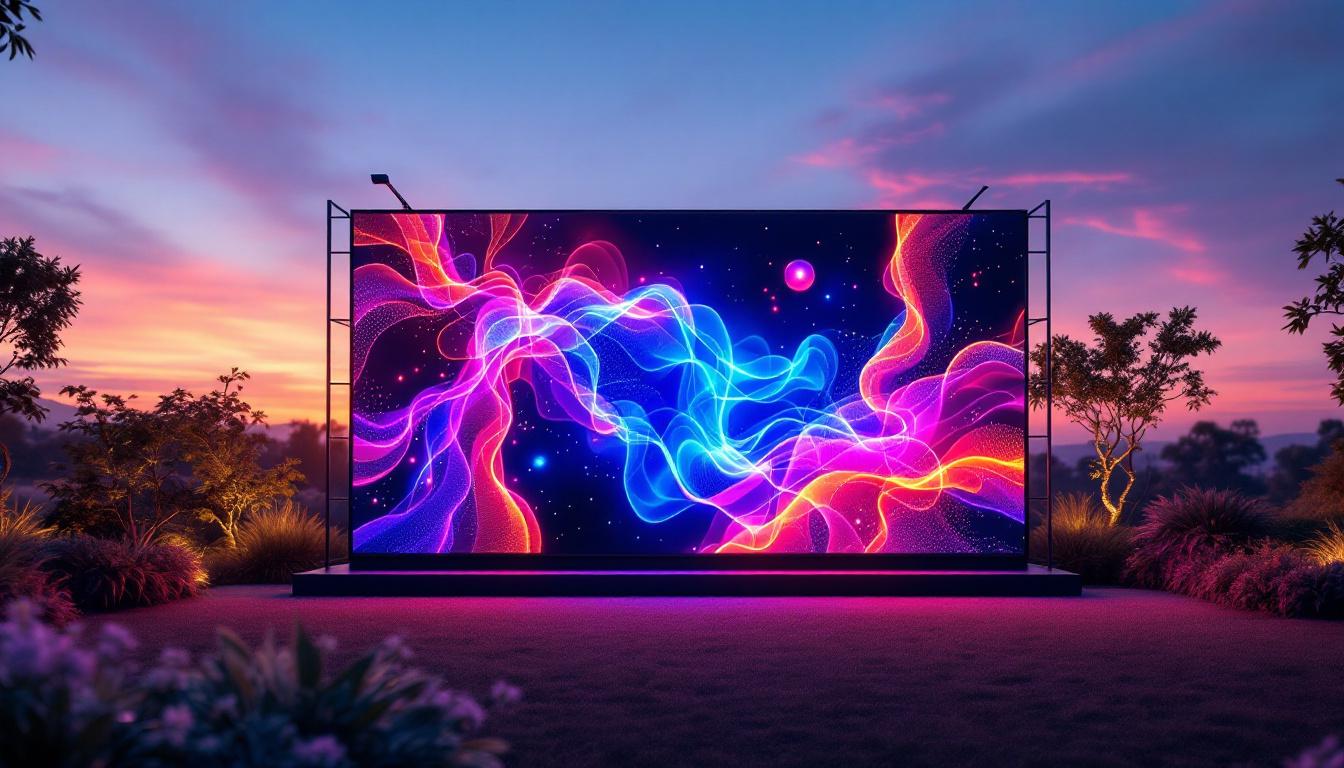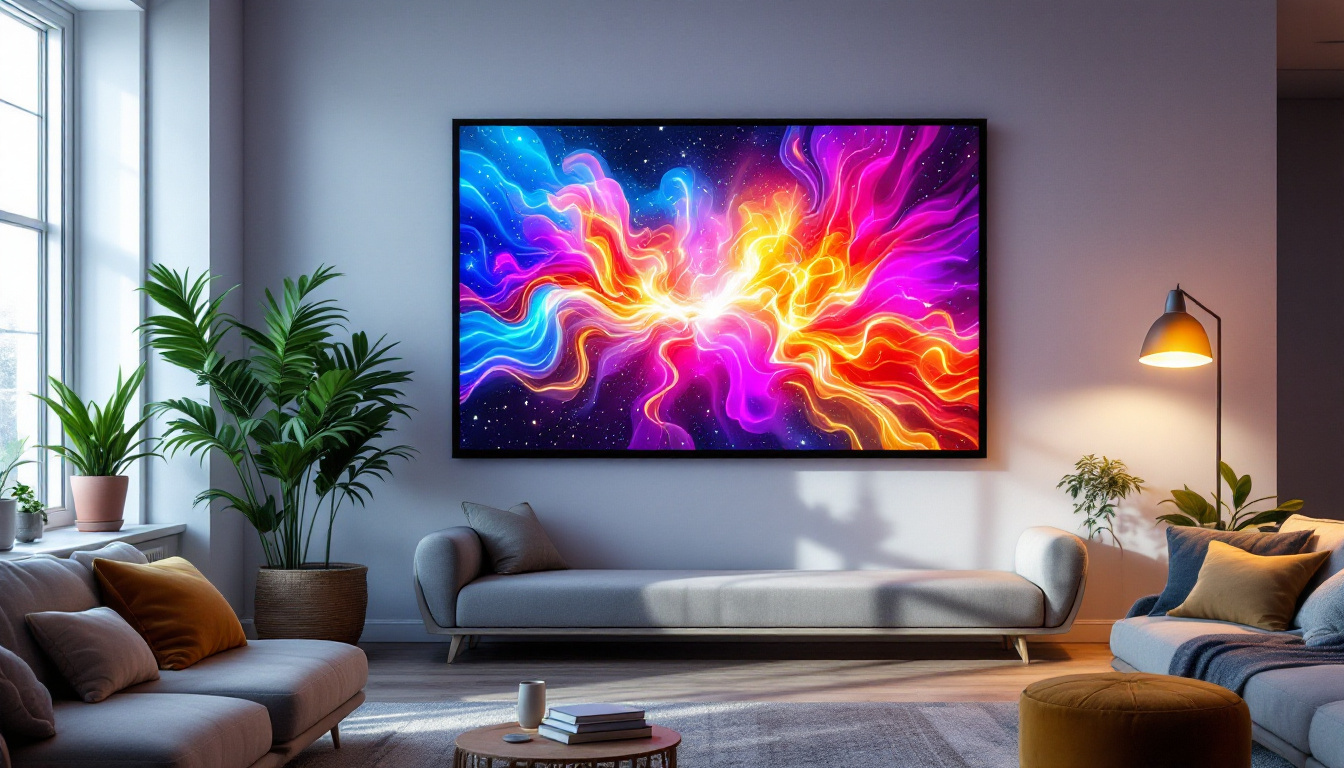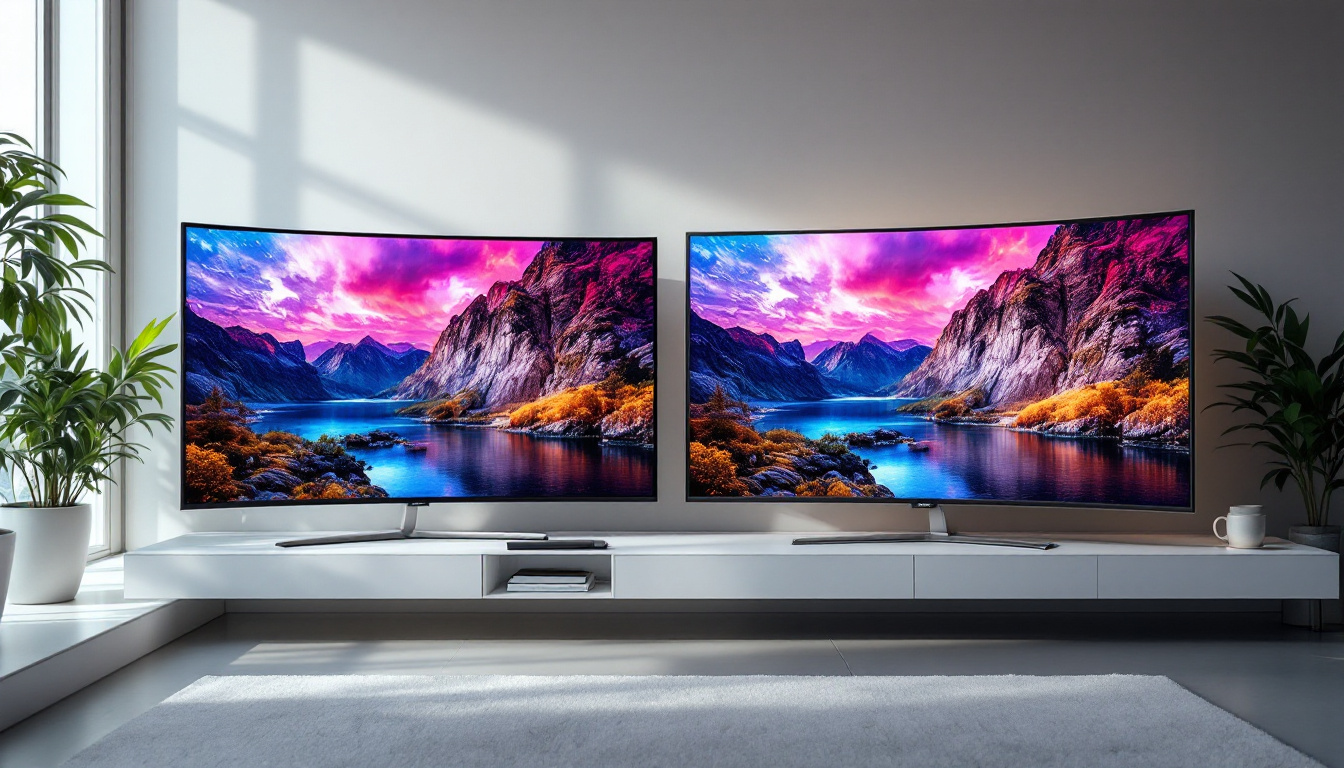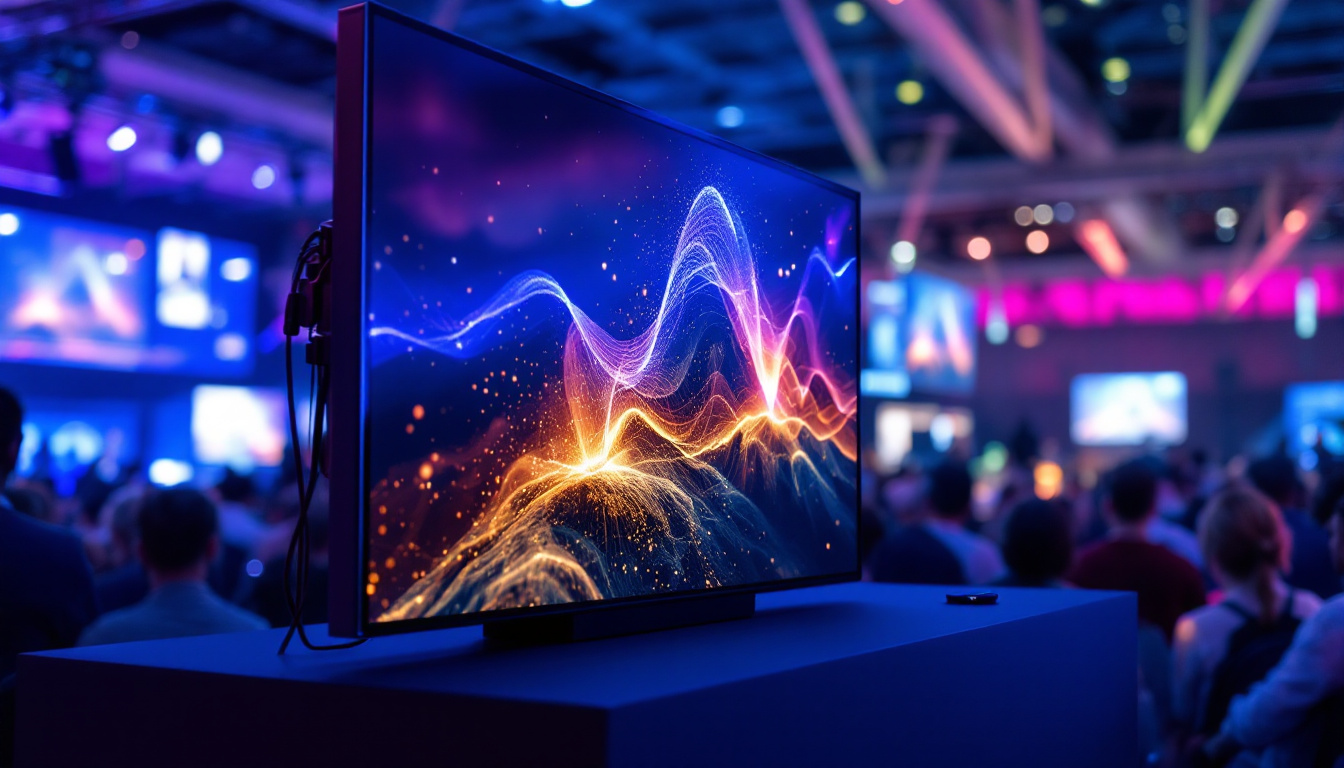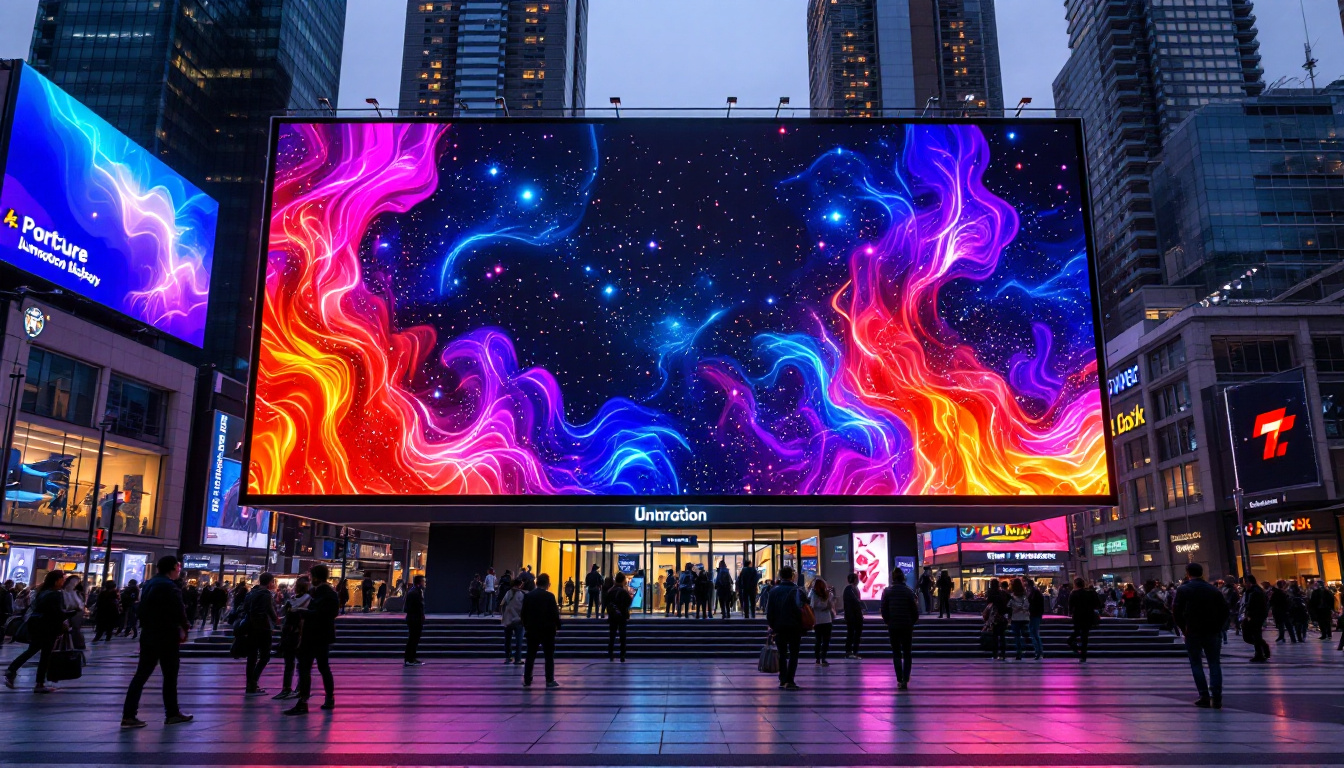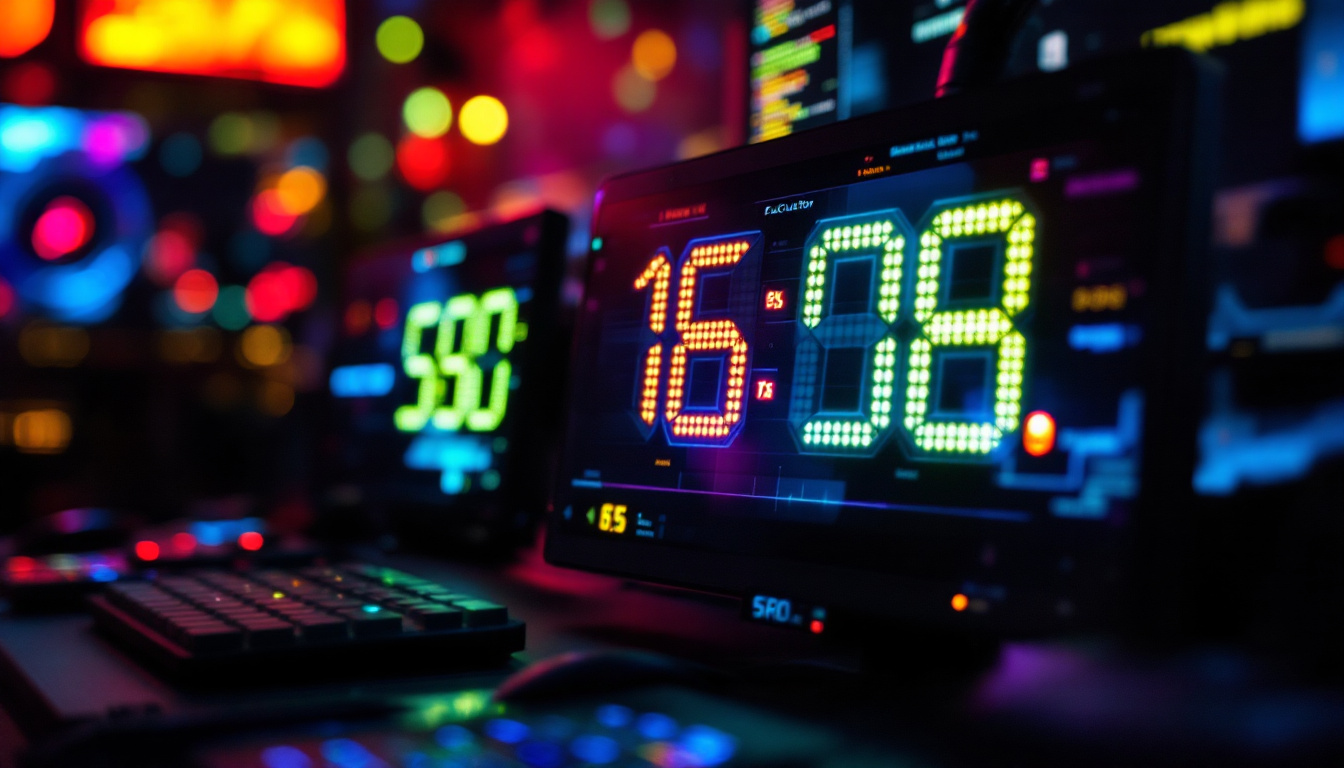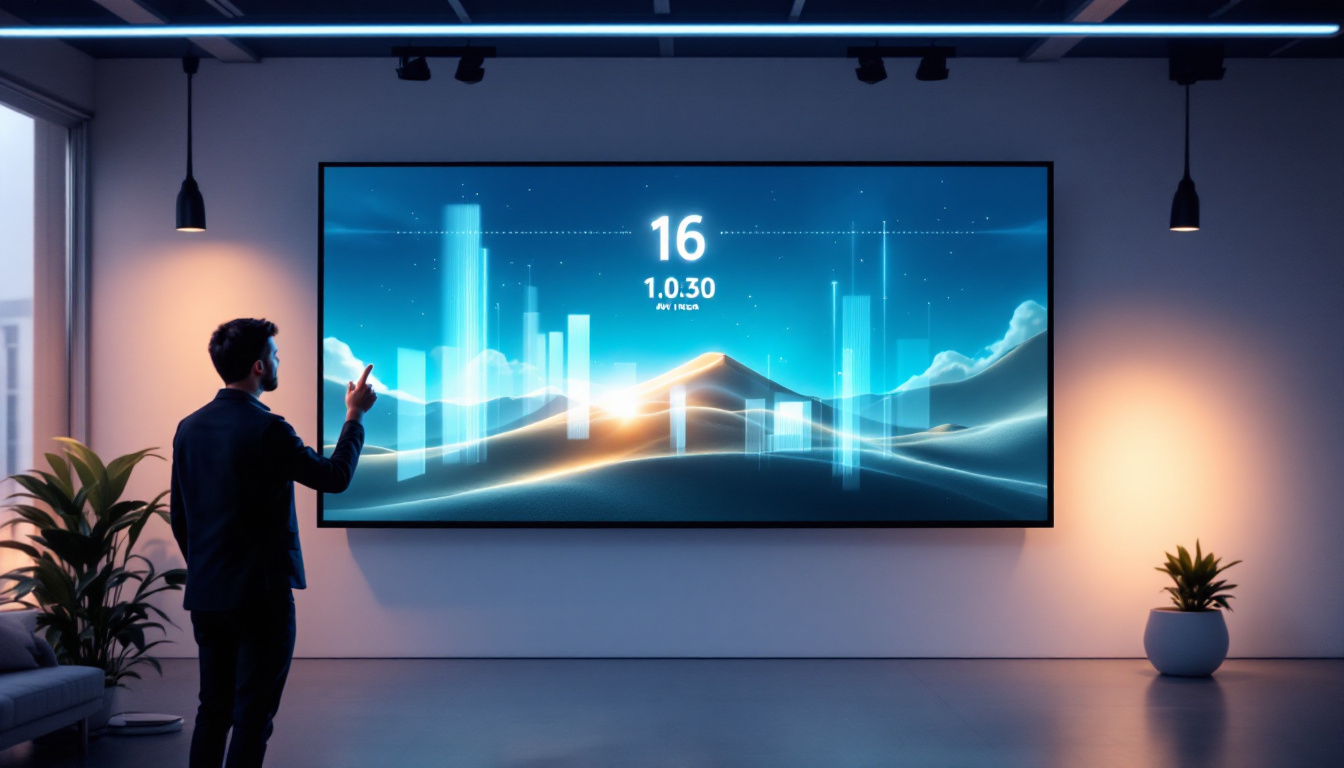In the evolving landscape of personal computing, the integration of touch screen technology with desktop PCs has become increasingly prevalent. Among the various display technologies, LED displays stand out for their efficiency, clarity, and versatility. This article delves into the fundamentals of PC desktop touch screens, focusing on LED display technology, its advantages, types, and practical applications. Whether you are a tech enthusiast, a professional considering an upgrade, or simply curious about how these devices work, this comprehensive guide will provide valuable insights.
Understanding PC Desktop Touch Screens
What Is a PC Desktop Touch Screen?
A PC desktop touch screen is a display monitor that allows users to interact directly with what is shown on the screen by touching it, rather than using traditional input devices like a mouse or keyboard. This interaction can be through finger touches, styluses, or other pointing devices. The technology has transformed how users engage with computers, offering a more intuitive and natural interface.
Touch screens on desktops are particularly useful in environments where quick, direct interaction is essential, such as in retail point-of-sale systems, creative studios, and educational settings. They also provide accessibility benefits for users who may find traditional input devices challenging. For instance, in classrooms, touch screens can facilitate collaborative learning, allowing multiple students to engage with educational software simultaneously. This fosters a more interactive and participatory learning environment, encouraging students to explore concepts hands-on.
Moreover, the integration of touch screens into desktop setups has led to the development of specialized software designed to take full advantage of touch capabilities. Applications in graphic design, for example, allow artists to manipulate images with gestures, making the creative process more fluid and dynamic. Similarly, in the business world, touch-enabled presentations can be more engaging, as presenters can interact with their slides directly, highlighting key points or zooming in on details in real-time.
How Touch Screens Work
Touch screens operate by detecting the location of a touch on the display surface. There are several technologies used to achieve this, including resistive, capacitive, infrared, and surface acoustic wave methods. Each technology has its strengths and weaknesses, but capacitive touch screens are the most common in modern PC desktops due to their responsiveness and multi-touch capabilities.
Capacitive touch screens work by sensing the electrical properties of the human finger. When a finger touches the screen, it changes the local electrostatic field, allowing the system to pinpoint the exact location of the touch. This method supports gestures like pinch-to-zoom and multi-finger swipes, enhancing user interaction. Additionally, the durability of capacitive screens, often made from hardened glass, makes them suitable for high-traffic environments where accidental bumps and scratches are common. This durability is complemented by advancements in screen technology, such as anti-glare coatings and enhanced brightness, which improve visibility in various lighting conditions.
Furthermore, the rise of touch screen technology has spurred innovations in user interface design. Developers are now creating applications that leverage the unique capabilities of touch screens, leading to more engaging and user-friendly experiences. For instance, gaming applications have begun to incorporate touch gestures that mimic real-world actions, allowing players to interact with the game environment in a more immersive way. This evolution in design not only enhances the functionality of touch screens but also broadens their appeal across different user demographics, from casual users to professional creatives.
LED Display Technology Explained
What Is an LED Display?
LED stands for Light Emitting Diode, a semiconductor device that emits light when an electric current passes through it. An LED display uses these diodes to create images on a screen. In the context of PC monitors, LED displays are a type of LCD (Liquid Crystal Display) that uses LED backlighting instead of the older cold cathode fluorescent lamps (CCFL).
This shift to LED backlighting has brought significant improvements in brightness, energy efficiency, and color accuracy. LED displays are now the standard for most desktop monitors, including those with touch screen capabilities.
Types of LED Displays
There are several types of LED display technologies used in PC monitors:
- Edge-Lit LED: LEDs are placed along the edges of the screen, and light is spread across the display using light guides. This design allows for thinner monitors but can sometimes result in uneven brightness.
- Direct-Lit LED: LEDs are placed directly behind the screen, providing more uniform brightness but often resulting in thicker displays.
- Full-Array LED: A more advanced form of direct-lit LED where LEDs are arranged in a grid behind the screen. This allows for local dimming, improving contrast and black levels.
- Mini-LED: An emerging technology that uses thousands of tiny LEDs to provide even more precise backlighting control, enhancing contrast and HDR performance.
Each type has its own set of advantages, and the choice depends on the user’s priorities such as image quality, thickness of the monitor, and budget.
Advantages of LED Touch Screen Monitors
Enhanced Visual Quality
One of the primary benefits of LED displays is their superior visual quality. LED backlighting produces brighter images with better contrast ratios compared to older CCFL-backlit monitors. This means deeper blacks, more vivid colors, and sharper images, which are crucial for graphic designers, video editors, and gamers.
Touch screen monitors with LED displays also support wide color gamuts and higher resolutions, including 4K and beyond, making them ideal for professional applications where color accuracy is paramount.
Energy Efficiency and Longevity
LED displays consume significantly less power than their CCFL counterparts. This energy efficiency translates to lower electricity bills and a reduced environmental footprint. Additionally, LEDs have a longer lifespan, often exceeding 50,000 hours of use, which means less frequent replacements and better return on investment.
Improved User Interaction
Combining LED display technology with touch screen functionality creates a highly interactive user experience. The responsiveness and clarity of LED screens enhance the precision of touch inputs, reducing lag and improving accuracy. This is especially beneficial in professional environments where speed and precision are critical.
Thin and Lightweight Designs
LED backlighting allows for slimmer and lighter monitor designs. This is important for desktop setups where space is limited or where aesthetics play a role. Sleek, modern monitors not only save desk space but also contribute to a cleaner, more organized workspace.
Applications of PC Desktop Touch Screen LED Displays
Professional and Creative Work
In fields such as graphic design, video production, and digital art, touch screen LED monitors offer intuitive control and high-fidelity displays. Artists can draw directly on the screen with a stylus, making the creative process more natural and efficient. The accurate color reproduction and high resolutions of LED displays ensure that the final output matches the artist’s vision.
Business and Retail Environments
Touch screen LED monitors are widely used in retail, hospitality, and healthcare industries. Point-of-sale (POS) systems benefit from the quick, direct input that touch screens provide, speeding up transactions and improving customer service. In healthcare, touch screens facilitate easy data entry and access to patient records, enhancing workflow efficiency.
Education and Training
Interactive learning is greatly enhanced by touch screen LED monitors. Teachers can engage students with interactive lessons, and students can participate directly by touching the screen. This hands-on approach supports various learning styles and can improve retention and understanding.
Gaming and Entertainment
Gamers appreciate the fast response times and vibrant visuals of LED touch screen monitors. Multi-touch capabilities allow for innovative control schemes, and the high refresh rates of many LED displays reduce motion blur, providing a smoother gaming experience.
Choosing the Right PC Desktop Touch Screen LED Monitor
Key Factors to Consider
Selecting the right touch screen LED monitor depends on several factors:
- Screen Size and Resolution: Larger screens with higher resolutions provide more workspace and sharper images, but they come at a higher cost.
- Touch Technology: Capacitive touch screens are generally preferred for their responsiveness and multi-touch support.
- Brightness and Contrast: Higher brightness levels and better contrast ratios improve visibility, especially in brightly lit environments.
- Connectivity: Ensure the monitor supports necessary ports such as HDMI, DisplayPort, USB-C, and USB hubs for peripherals.
- Ergonomics: Adjustable stands, VESA mount compatibility, and anti-glare coatings contribute to user comfort.
Budget and Brand Considerations
While premium models offer the best features and performance, there are cost-effective options that balance quality and affordability. Established brands often provide better customer support and warranty services. Reading user reviews and professional evaluations can help identify reliable models.
Future Trends in PC Desktop Touch Screen and LED Technology
Mini-LED and Micro-LED Advancements
Mini-LED technology is already making its way into high-end monitors, offering improved contrast and HDR capabilities. Micro-LED, although still emerging, promises even greater brightness, color accuracy, and energy efficiency by using microscopic LEDs as individual pixels. These advancements will further enhance the visual experience of touch screen desktops.
Integration with AI and Gesture Controls
Future touch screen monitors may incorporate AI-driven features that predict user intent and optimize display settings dynamically. Gesture control technologies, allowing users to interact without physically touching the screen, are also under development, potentially revolutionizing how users engage with their desktops.
Flexible and Transparent Displays
Research into flexible and transparent LED displays could lead to new form factors for desktop monitors, such as curved or rollable screens. These innovations will expand the possibilities for workspace design and user interaction.
Conclusion
PC desktop touch screen monitors with LED displays represent a significant advancement in computing technology. Their combination of vivid visual quality, energy efficiency, and interactive capabilities makes them suitable for a wide range of applications, from professional creative work to everyday computing. Understanding the underlying LED technology and the benefits it offers can help users make informed decisions when selecting a monitor that best fits their needs.
As LED technology continues to evolve, the future of PC desktop touch screens looks promising, with innovations that will enhance user experience, improve performance, and open new avenues for interaction. Whether upgrading an existing setup or investing in a new system, considering an LED touch screen monitor is a step toward a more dynamic and efficient computing environment.
Discover Cutting-Edge LED Displays with LumenMatrix
Ready to elevate your interactive experience with the latest in touch screen technology? LumenMatrix, a pioneer in LED display innovation, offers an extensive range of solutions tailored to meet your needs. From captivating Indoor and Outdoor LED Wall Displays to dynamic Vehicle and Sports LED Displays, our products are designed to transform your visual communication. Immerse yourself in the world of vivid imagery and seamless interaction with our All-in-One LED Displays and revolutionary LED Transparent Displays. Don’t miss the opportunity to redefine your space with LumenMatrix’s advanced LED technology. Check out LumenMatrix LED Display Solutions today and witness how we can help you make a lasting impression.

